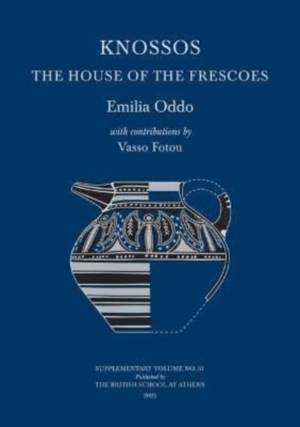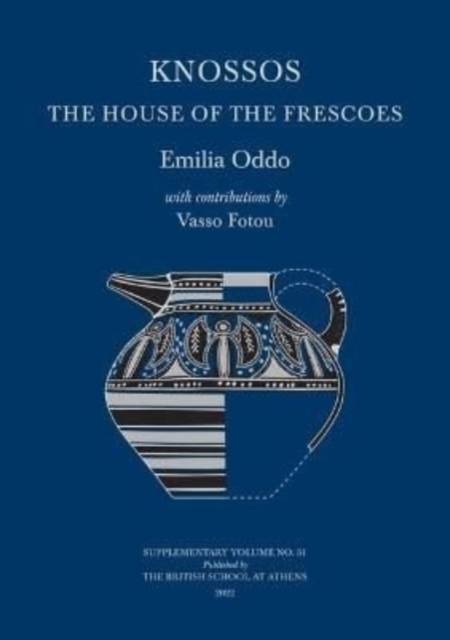
- Retrait gratuit dans votre magasin Club
- 7.000.000 titres dans notre catalogue
- Payer en toute sécurité
- Toujours un magasin près de chez vous
- Retrait gratuit dans votre magasin Club
- 7.000.0000 titres dans notre catalogue
- Payer en toute sécurité
- Toujours un magasin près de chez vous
251,45 €
+ 502 points
Description
An analysis of the architecture and finds of the Neopalatial House of the Frescoes, Knossos.
Spécifications
Parties prenantes
- Auteur(s) :
- Editeur:
Contenu
- Nombre de pages :
- 352
- Collection :
Caractéristiques
- EAN:
- 9780904887730
- Date de parution :
- 05-06-22
- Format:
- Livre relié
- Dimensions :
- 306 mm x 220 mm
- Poids :
- 1664 g

Les avis
Nous publions uniquement les avis qui respectent les conditions requises. Consultez nos conditions pour les avis.






